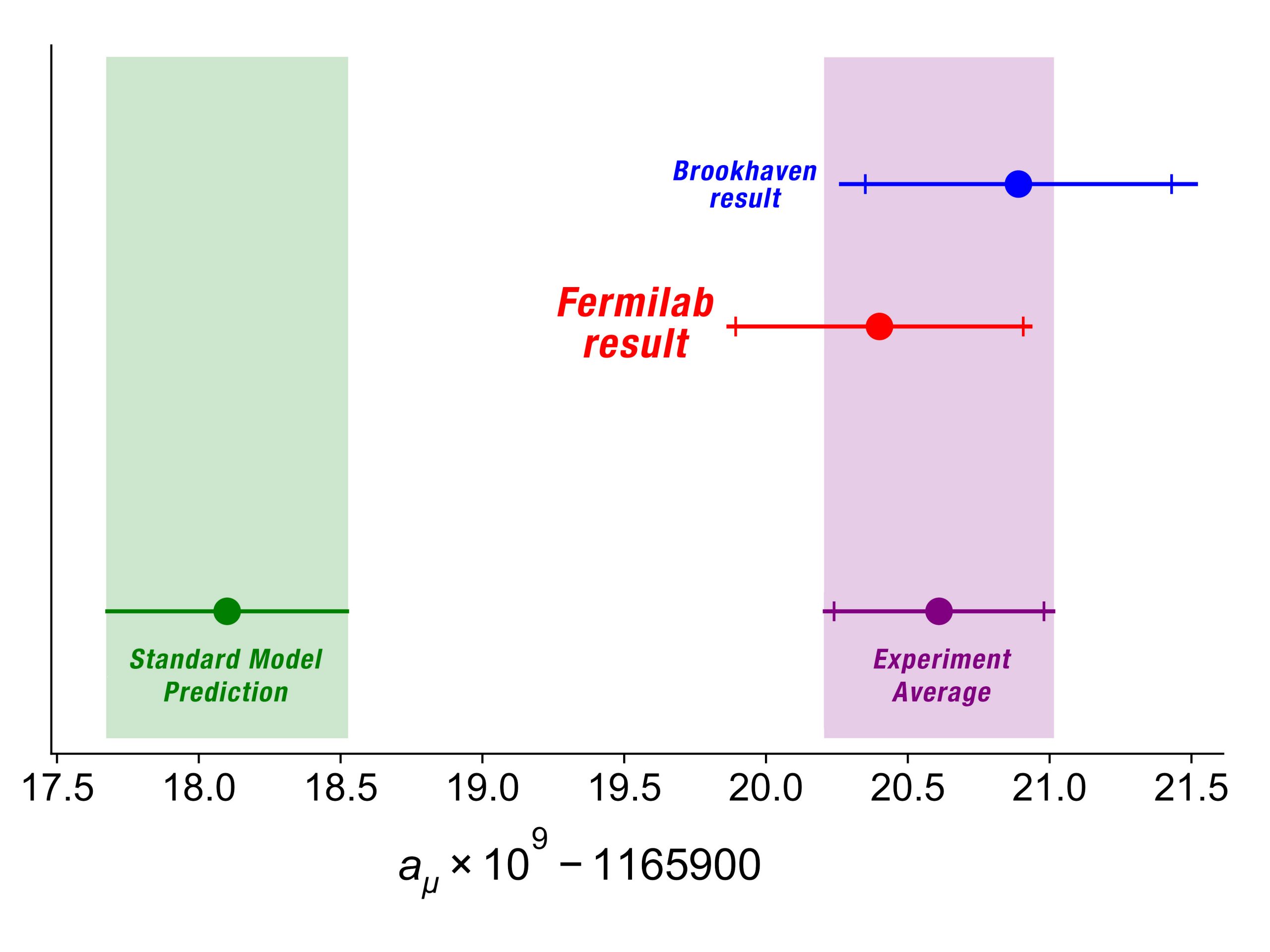The muon g-2 experiment might mean the Standard Model of physics is incomplete, but that's just the beginning
Muons, elementary particles similar to electrons, appear to behave like magnets, but the Fermilab experiment is still not confirmation
Reidar Hahn via DoE
Twenty years ago, an experiment at Brookhaven National Lab produced some puzzling results that might point to new physics beyond our current understanding.
Just last week, Fermilab unveiled the product of a decade-long quest to verify that original Brookhaven result: they can now say with even more certainty that there is indeed a discrepancy between the measurement and our theoretical predictions based on current models of physics.
The experiment was a measurement of the so-called "muon g-2 factor." The muon — a subatomic particle which is, essentially, an electron, but 200 times heavier — has a magnetic moment, meaning this tiny particle can be thought of as a little bar magnet. Our current working theory of particle physics, called the Standard Model, predicts how strong this bar magnet should be. But that 20-year-old experiment measured a strength of the magnetic moment that wasn't consistent with the Standard Model theory prediction. Fermilab repeated the experiment with even more care and precision, by looking at how fast the muons' little bar magnets move like a spinning top when placed in a magnetic field. They were able to confirm that there is a 4.2-standard deviation discrepancy between their measurement and the current best theory predictions, meaning there is only a one-in-40,000 chance that the discrepancy is a statistical fluke.

The Fermilab result from the Muon g-2 experiment at Fermilab aligns well with the previous Brookhaven result
Ryan Postel, Fermilab/Muon g-2 collaboration
This is exciting, because it could be a hint towards a new, more complete theory of physics that might answer many questions that the Standard Model hasn't been able to. But then again, there could just be an issue with the way that the muon's magnetic moment is being calculated, not a problem with the physics itself. Calculating the "g-2" (pronounced "g minus two") is extremely complicated, and not every method of calculation produces the same result. Last week, at the same time the new experimental value of the muon g-2 was announced, a theoretical value using a new method was also announced — and this new theoretical value is actually much closer to the measured value thank previous calculations have been.
So while this is a very important step in particle physics, it's by no means the end of the story. The theorists will be hard at work trying to figure out why different calculations are giving different results, and the experimentalists will be hard at work with the analysis of even more data runs, reducing their uncertainty further. We can expect more exciting announcements from Fermilab in the years to come.





















